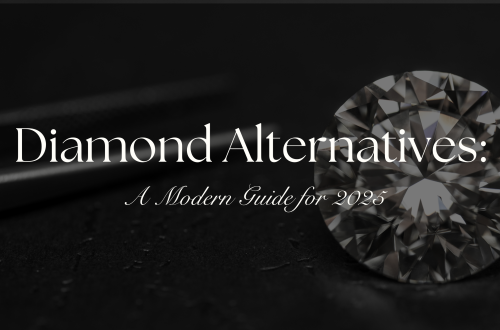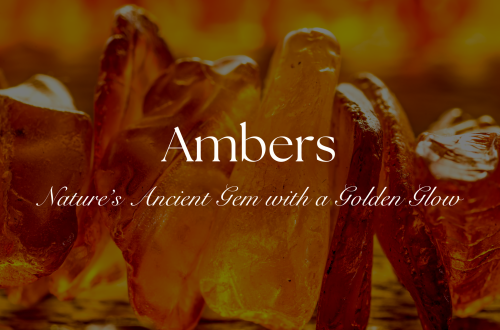Understanding the 4Cs of Diamond Grading: Cut, Carat, Color, and Clarity
When it comes to choosing the perfect diamond, understanding the 4Cs—Cut, Carat, Color, and Clarity—is essential. These four factors determine a diamond’s quality and value, helping you make an informed decision. Let’s delve into each of these critical aspects of diamond grading.
Carat: The Weight of the Gem
This is perhaps the first C most people consider when they think or speak about diamonds, and it is the first thing media mentions when publishing abaout the latest celebrity engagement. It may be the most obvious of the Characteristics of a diamond, but it is only one of four.
Carat refers to the weight of the diamond. One carat is equivalent to 200 milligrams. While carat weight is a significant factor in determining a diamond’s price, it’s essential to remember that two diamonds of equal carat weight can have very different values depending on their cut,color, and clarity.
Larger diamonds are rarer and therefore more expensive. However, a well-cut smaller diamond can appear larger and more brilliant than a poorly cut larger diamond. It’s all about finding the right balance.
Key Points:
- Weight: Measured in carats, with one carat equaling 200 milligrams.
- Size Perception: Depends on the cut and how well the diamond is set.
Clarity: The Inner World
Clarity measures the presence of internal flaws (inclusions) and external imperfections (blemishes). The clarity scale ranges from Flawless (no inclusions or blemishes visible under 10x magnification) to Included (inclusions and/or blemishes visible to the naked eye).
While clarity is important, most imperfections are microscopic and do not affect the diamond’s beauty to the naked eye. However, they do impact the stone’s overall value and durability.
Key Points:
- Clarity Grades: Ranges from Flawless (FL) to Included (I).
- Common Inclusions: Blemishes, feathers, and clouding.
- Value Impact: Higher clarity means fewer inclusions and a higher value.
Color: The Hue of Purity
The color of a diamond is graded on a scale from D (completely colorless) to Z (light yellow or brown). The less color a diamond has, the more valuable it is, as colorless diamonds allow more light to pass through, enhancing their brilliance.
Diamonds graded D-F are considered colorless and are highly prized. Grades G-J are near-colorless and can offer excellent value, as any color is typically only noticeable when compared to higher-grade stones. Beyond J, diamonds start to show noticeable color which can affect their value.
Key Points:
- Grading Scale: D (colorless) to Z (light yellow/brown).
- Colorless Diamonds: More rare and valuable.
Cut: The Sparkle Maker
Last but not least, the cut of a diamond is perhaps the most crucial of the 4Cs. It refers not to the shape of the diamond but to how well it has been cut and polished. A diamond’s cut affects its brilliance, fire, and scintillation—essentially, how well it reflects light and sparkles.
Diamonds are graded on a scale ranging from Excellent to Poor. An Excellent cut diamond will reflect almost all light that enters it, creating the most dazzling display. The cut involves precise calculations and artistry to ensure the angles and proportions maximize the stone’s ability to capture and reflect light.
Key Points:
- Proportions: Depth, table, and crown height affect light reflection.
- Symmetry: Precision of the diamond’s facets.
- Polish: Smoothness of the diamond’s surface.
Conclusion: Balancing the 4Cs
When choosing a diamond, it’s crucial to balance the 4Cs to fit your preferences and budget. Remember, the interplay between these factors determines the overall beauty and value of the diamond. A well-cut diamond with a lower carat weight can appear more brilliant than a larger diamond with poor cut quality. Similarly, near-colorless diamonds offer a great value without sacrificing appearance.
By understanding the 4Cs—Cut, Carat, Color, and Clarity—you’ll be better equipped to find the perfect diamond that meets your desires and budget. Whether you’re shopping for an engagement ring, a special gift, or a personal indulgence, knowing what to look for ensures that your diamond will be a stunning symbol of lasting beauty and value.





